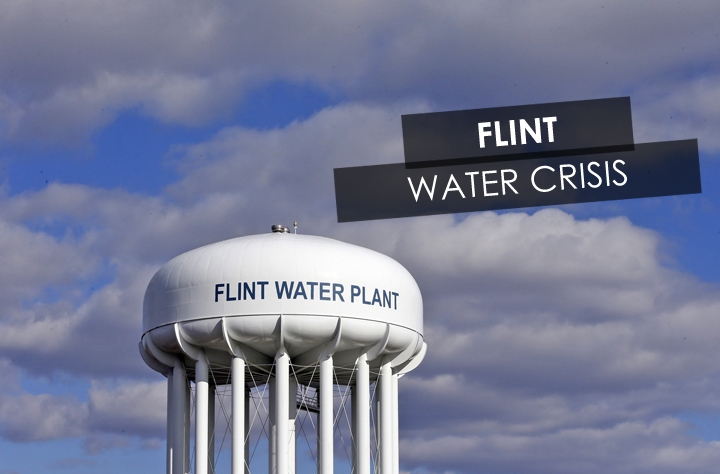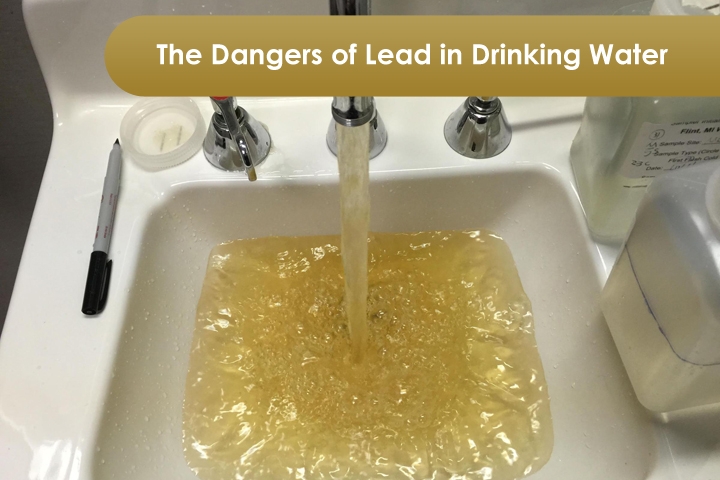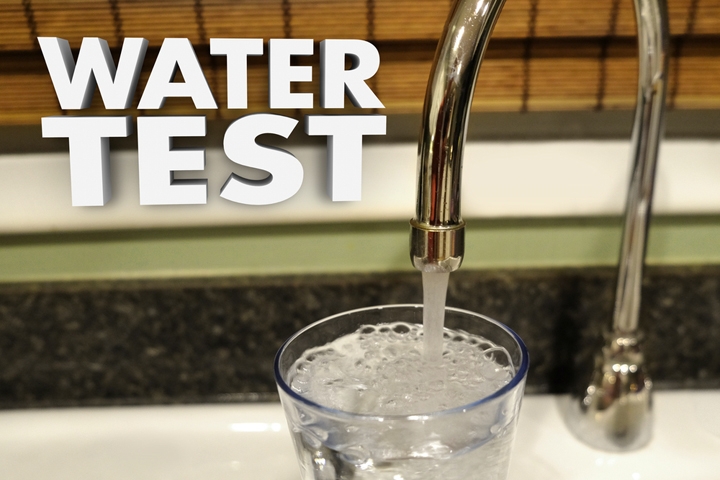Since the scandal in Flint, Michigan broke in the spring of 2014, other U.S. cities have been surprised to discover high levels of lead in their drinking water. It showed many naïve Americans that the Flint scandal might have been the most publicized water crisis in the last few years, but it’s not the first, nor will it be the last.

The Flint water crisis led to widespread recognition of the risks involved in our drinking water, and cities and individuals began testing water quality on an unprecedented scale. Lead, the contaminant discovered in Flint’s water supply, is regarded as one of the most dangerous contaminants in water.
It’s highly poisonous and linked to a number of serious diseases, the worst of which include cancer and kidney failure. Because of these debilitating effects, there may be legal repercussions.
The Dangers of Lead in Drinking Water

Before we look at the legal issues with regard to lead in drinking water, we should examine how lead consumption can affect our health. Most notably, the adverse health effects of lead in drinking water are much more dire in children and pregnant women than for healthy adults.
Lead exposure in children or pregnant women has been linked to such serious conditions as:
- Behavioral and learning problems
- Anemia
- Slowed growth
- Hearing problems
- Lower IQ and hyperactivity
- Reduced growth of fetus
- Premature birth
According to the EPA, drinking water typically constitutes up 20 percent of a person’s total lead exposure and infants who drink primarily bottled formula can get as much as 60 percent of their lead intake from water.
This is one reason that Flint’s water crisis was such a shock. Children in schools were a primary victim of the contamination, and their exposure put them at a much higher risk for illness. Because of the high levels of lead found in the water at elementary schools, Michigan may have to require all infants, toddlers, and young children to be tested for lead poisoning to reduce their exposure to the toxin statewide.
Adults can also experience serious and adverse health effects. These will be worse for people who have been exposed for a long period of time, particularly if their exposure began in childhood. The potential consequences for adults include:
- Higher risk for cardiovascular disease
- Increased blood pressure and hypertension
- Decreased kidney function and even kidney failure
- Reproductive problems for both men and women
- Death after heavy or prolonged exposure
The dangers of lead poisoning in our drinking water are many. Levels must be carefully monitored to protect ourselves and our children from the effects.
According to the EPA’s regulations, the goal of most treatment centers is to keep lead levels at zero. However, the agency allows for a margin of error that’s anything less than 5 micrograms per deciliter in standard drinking water. Anything more than that, however, requires a swift response.
The City’s Treatment Centers Are Responsible for Keeping Your Water Safe
One of the most discussed aspects of the Flint crisis was the many lawsuits that emerged from it. Children and other citizens had been put at very high risk for lead poisoning due to the city’s inability to monitor its water purification systems properly.
Dozens of lawsuits, including several class-action suits, were filed in county, state and federal courts in Michigan. Though individuals are held responsible for their own actions, a strong argument can be made that it is a government duty to monitor drinking water with enough care to ensure no lead contaminants slip through.
Americans are guaranteed certain inalienable rights under the constitution, and clean drinking water could be regarded as one of them. In most cases, city monitoring systems do a fine job of testing the contaminants of your drinking water to make sure it’s always safe for consumption.
However, the frequency of testing isn’t necessarily ideal. Some cities don’t test their water nearly as often as they should, which puts their residents at a higher risk for lead exposure.
Construction that Increases Lead Exposure Leads to Lawsuits
Another concern is the pipes and service lines that collect and transport our water. Some pipes date back as far as the 1800s, and some are made of lead, which can enter the water through corrosion.
There’s been a major push to improve this infrastructure, but the effort could have the unintended consequence of increasing the lead content of drinking water. “Water experts say replacing mains and service lines, some dating to the 1800s, is necessary,” according to an article from the Dayton Daily News.
“But the replacements can increase the amount of lead in water — indefinitely, some claim — because of corrosion that gets disturbed in the lead pipes that run into a homeowner’s property.” The total infrastructure may not be able to handle this kind of maintenance, and that should be a cause for concern among the customers.
Several lawsuits have been filed in response to construction and pipe improvements. In June, residents of Philadelphia filed a class-action lawsuit against the city because of a repair project they claimed had significantly increased the risk of lead exposure in tap water.
Not only did the city’s actions allegedly increase the risk, but the suit charges it also failed to notify residents of the risks from the construction project.
“Studies have shown that the kind of construction the city is carrying out creates the perfect storm for lead pipe corrosion, and yet the city has decided to conceal this growing health hazard from its own citizens,” said Steve Berman, managing partner of Hagens Berman, the law firm that filed the suit. “To add insult to injury, the city of Philadelphia has actively concealed this issue by rigging its lead testing procedures.”
This lawsuit, like others, is primarily based on the notion that the city should have warned residents about the dangers of lead exposure that could result from the project, but the city reportedly failed to give adequate warning.
This was just one of many suits that appeared in the wake of Flint’s water crisis.
The Necessity of Testing Your Water Regularly for Lead

Citizens across the country are seeking redress for what they believe was unlawful contamination of their drinking water. It is surely a vital exercise for them to seek justice through the legal system, but it’s easier and safer to avoid water contamination problems altogether.
Testing your drinking water at home is a wise step in prevention. The dangers of lead are many and varied, which underscores the wisdom of testing your drinking water on your own.
You can’t see lead in your water the way you can perceive dirt. Also, you usually can’t taste it like zinc or copper. The only way to make sure the water you’re drinking is completely lead-free is to do home tests.
At Test Assured, we offer a variety of home water-testing kits that will accurately show the levels of lead and other contaminants. One thing that should be evident from the many water crises in recent years is that you can’t always trust water-treatment facilities to make sure your water is clean before it reaches your tap.
Contaminants can enter your drinking water through the pipes as it travels to your faucet on this side of the treatment facility. For that reason, you should be using our lead-testing kits to ensure you have clean and safe drinking water at all times.
Our kits are easy to use, and the majority will give you results in less than 10 minutes. For more information about how to use our kits and the benefits they offer, contact us today!


Have lead in my water
You can use this kit to test for lead in your water: https://watertestingkits.com/product/lead-in-water-test/